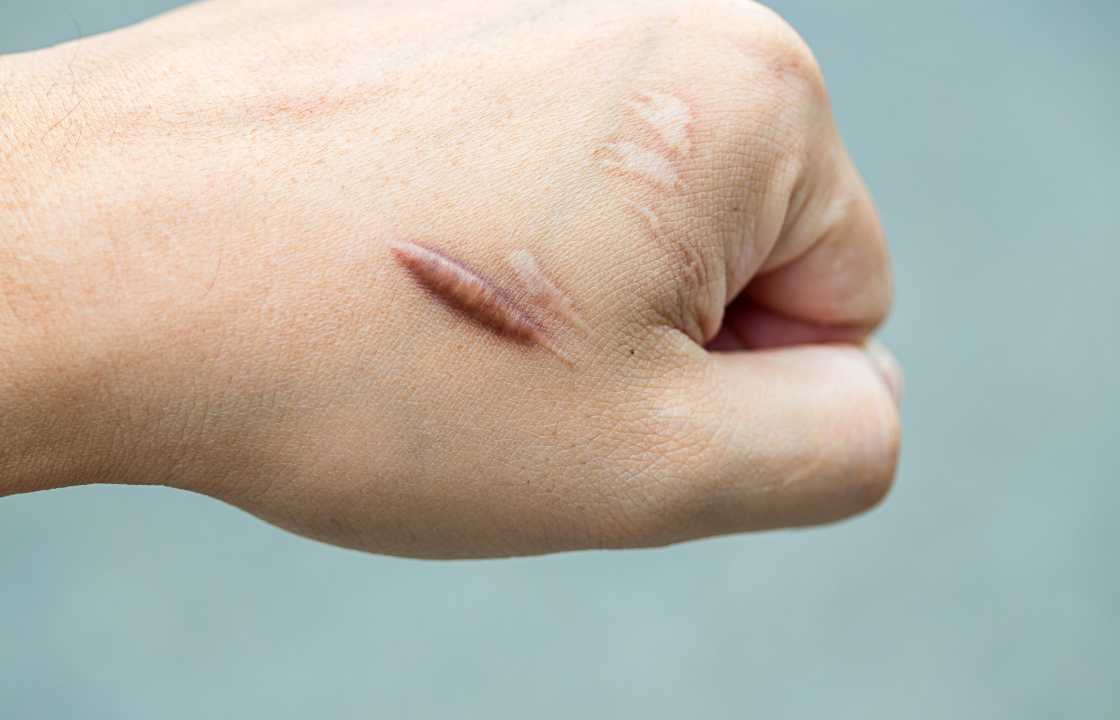Medical Care
Keloid Scar
Moreover, acknowledging the psychosocial impact of keloid scars is essential in addressing the holistic well-being of individuals affected by them. The emotional distress stemming from the visibility of keloids can influence self-esteem and body image, emphasizing the need for supportive and empathetic healthcare approaches. Mental health considerations, such as counseling or support groups, may complement physical interventions, promoting a more comprehensive and patient-centered approach to keloid management.
In the realm of prevention, exploring strategies to minimize the risk of keloid formation becomes pivotal. This involves careful wound care post-injury or surgery, with an emphasis on avoiding unnecessary tension on the healing skin. Additionally, understanding individual susceptibility factors, such as genetic predispositions, can guide proactive measures to mitigate the likelihood of keloid development.
As the landscape of keloid treatments evolves, staying informed about emerging therapeutic modalities and research breakthroughs is instrumental. Clinical trials and innovative interventions may present new possibilities for individuals grappling with persistent or recurring keloids. In this dynamic context, fostering a collaborative partnership between individuals and healthcare providers ensures that the approach to keloid management remains adaptable, personalized, and informed by the latest advancements in the field.
Symptoms
Keloid scars may manifest within months to years after an injury and present with distinctive features:
- Thick, irregular scarring, commonly on earlobes, shoulders, cheeks, or the middle chest.
- Shiny, hairless, lumpy, raised skin.
- Varied size, dependent on the original injury and the keloid’s growth cessation.
- Varied texture, ranging from soft to firm and rubbery.
- Reddish, brown, or purplish coloration, influenced by skin tone.
- Itchiness and discomfort.
When to See a Doctor
Early detection facilitates minimization of keloid growth. Seeking medical advice as soon as a keloid is noticed is crucial. For pre-existing keloids, consultation with a dermatologist or a doctor specializing in skin conditions is recommended.
Causes
The precise etiology of keloid scars remains incompletely understood, but experts attribute their formation to a dysfunction in the wound-healing process. Excessive collagen production, a protein vital for wound healing, is implicated in keloid development. Various skin injuries, ranging from insect bites and acne to burns and minor scratches, can trigger keloid growth. The propensity to form keloids is influenced by factors such as skin color, family history, and age.
Risk Factors
Several factors contribute to the likelihood of developing keloids:
- Brown or Black skin increases susceptibility.
- A personal or family history of keloids indicates an inherited predisposition.
- Being under 30 years old raises the risk.
Complications:
Keloids situated on joints may lead to the development of hard, tight tissue, restricting movement.
Prevention
Individuals prone to keloids can adopt preventive measures:
- Practice meticulous wound care, including keeping wounds clean and moist.
- Avoid skin injuries by refraining from body piercings, tattoos, and elective surgeries.
- Protect the skin from injury, even minor ones like cuts and scratches.
- Discuss surgical procedures with doctors to minimize keloid risk.
- Apply pressure earrings post-ear piercing to prevent keloid formation.
Diagnosis
Diagnosing keloids is typically based on visual examination, but a skin biopsy might be necessary to rule out skin cancer.
Treatment
Various treatment modalities exist for keloid scars, and a combination of approaches may be employed:
1. Wound Care: Compression dressings and pressure pads aim to reduce or prevent scarring.
2. Corticosteroid Cream: Prescription-strength creams alleviate itchiness.
3. Injected Medicine: Cortisone or other steroids can reduce keloid thickness with monthly injections.
4. Freezing the Scar: Cryotherapy with liquid nitrogen may reduce or remove small keloids.
5. Laser Treatment: Pulsed-dye lasers flatten larger keloids and ease itchiness.
6. Radiation Therapy: Low-level X-ray radiation can shrink keloids, especially after surgical removal.
7. Surgical Removal: Recommended when other therapies are ineffective, but recurrence rates vary.
Alternative Medicine
While no proven natural methods exist for keloid removal, some studies suggest the potential efficacy of onion extract in improving keloid appearance.
Potential Future Treatments
Research into keloid formation and wound healing includes exploring experimental creams, injectables, Botox, genetic markers, and stem cell therapy.
Lifestyle and Home Remedies
Self-care tips for keloids include diligent wound care, corticosteroid cream application, silicone gel use, protection from re-injury, and shielding the area from sun exposure.
Preparing for Your Appointment
Before seeking medical advice, individuals should compile relevant information, including symptoms, medical history, and questions for the doctor.
What to Expect from Your Doctor
Furthermore, the doctor-patient dialogue during appointments extends beyond mere inquiry, fostering a space for open communication and shared decision-making. It’s crucial for individuals to express any emotional or psychological effects associated with keloid scars, allowing healthcare providers to tailor their approach with sensitivity to the holistic impact on well-being. This collaborative exchange also facilitates a deeper understanding of how keloids may influence various aspects of a person’s life, enabling a more personalized and empathetic approach to treatment planning.
In addition to detailing previous treatments, discussing lifestyle factors and environmental influences can provide valuable context. Factors like sun exposure, which may exacerbate keloid formation, or specific occupational hazards can contribute to a more comprehensive understanding of the individual’s unique risk profile. This holistic exploration ensures that preventive measures and treatment strategies are not only effective but also aligned with the patient’s lifestyle and circumstances.
In the broader context of keloid scar awareness and management, community engagement and educational initiatives contribute to destigmatizing these skin conditions. By fostering a culture of understanding and empathy, individuals are more likely to seek timely medical advice and adopt proactive measures, ultimately contributing to improved outcomes and enhanced quality of life. As we navigate the intricacies of keloid scars, the synergy between patients and healthcare professionals emerges as a cornerstone, paving the way for a more informed, supportive, and empowered approach to keloid management.

